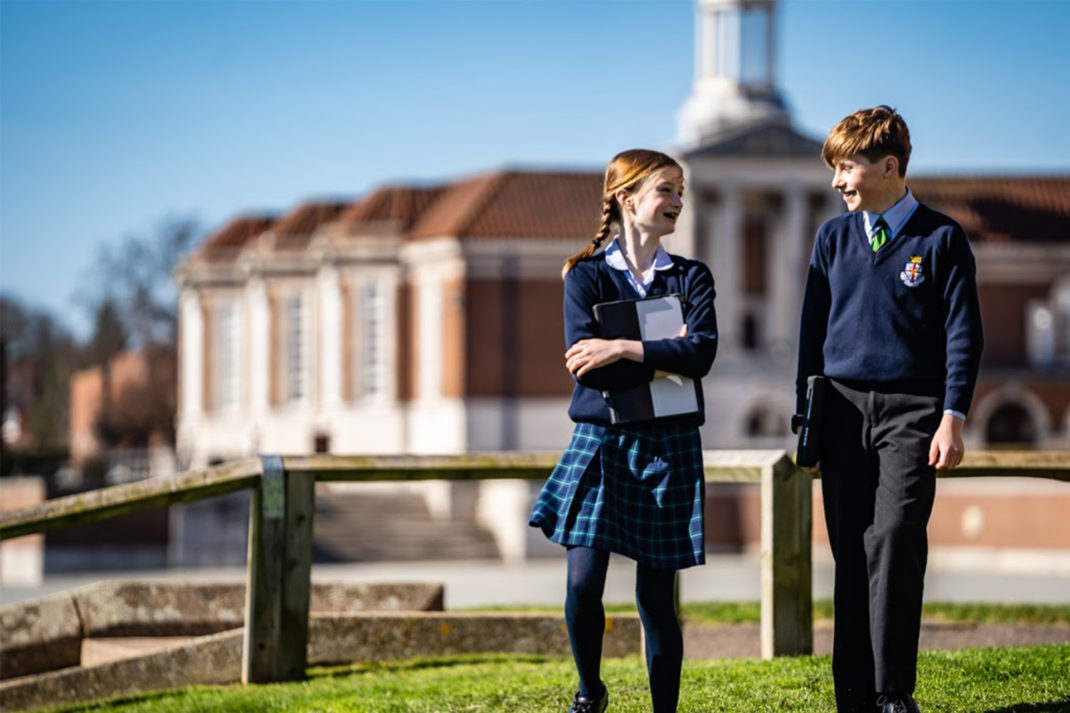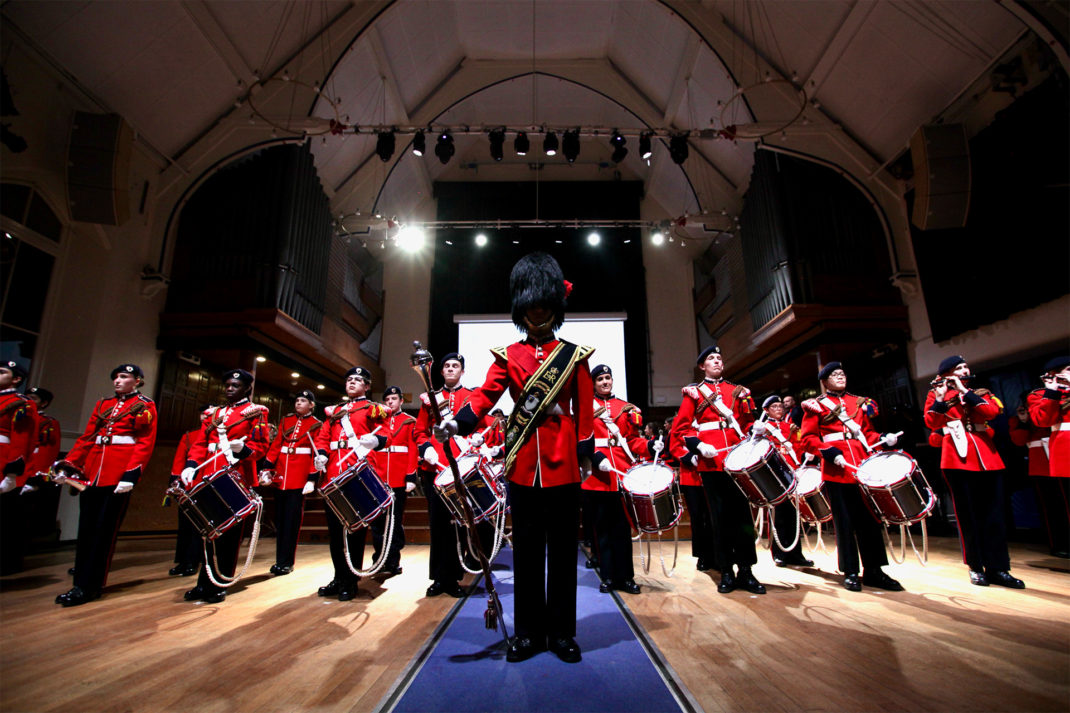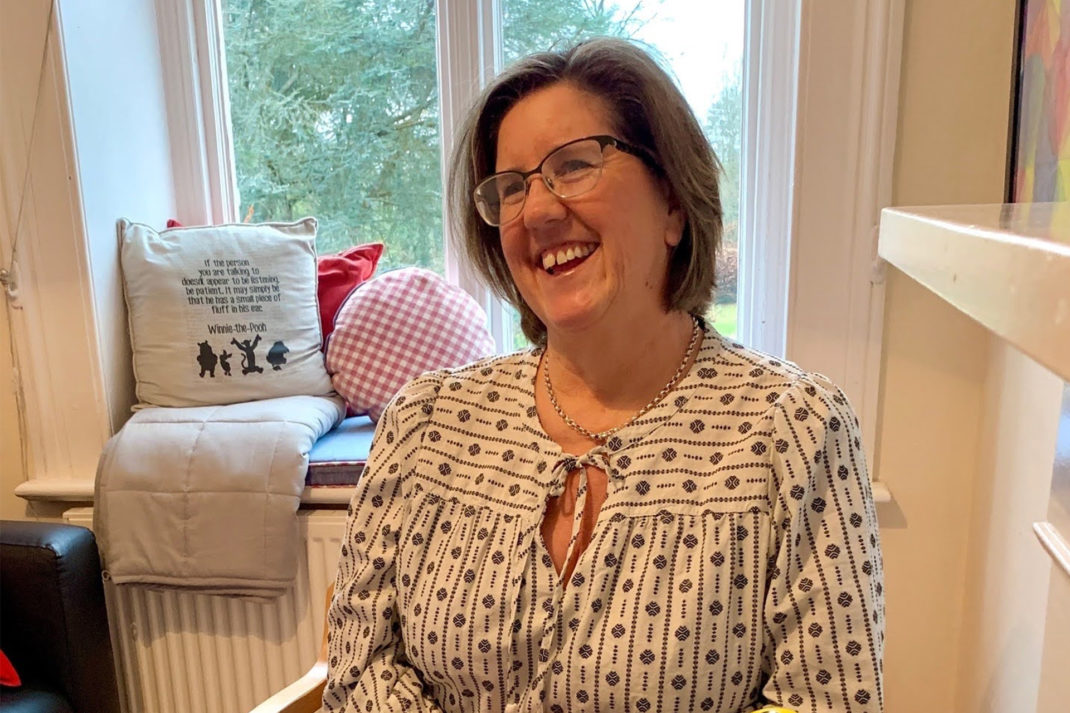‘New’ Ways of Learning
By
4 years ago
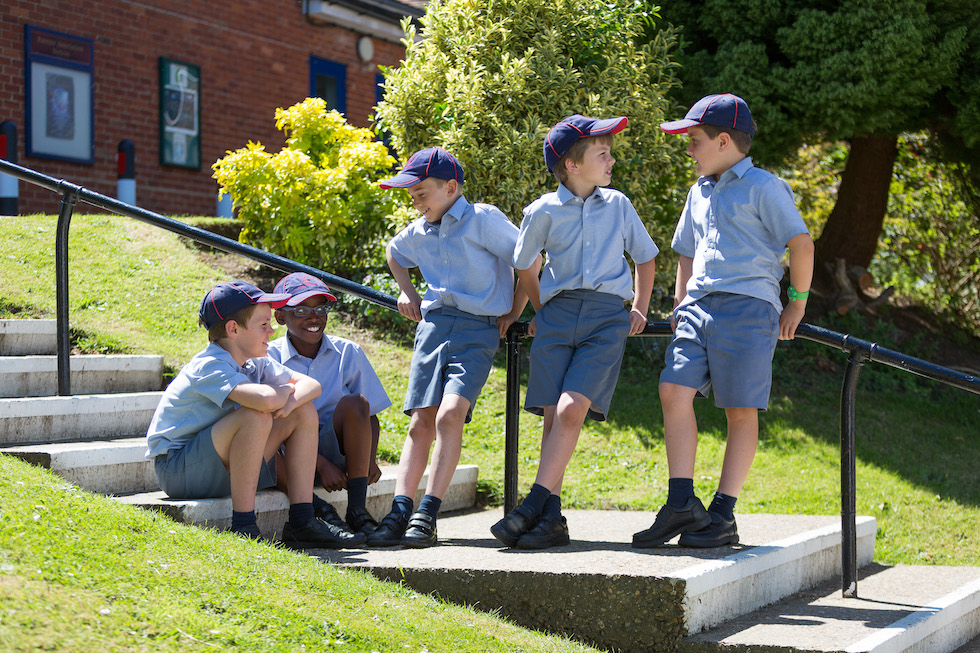
Mike Piercy, Headmaster of The New Beacon School, reveals how school life has been adjusted in 2020
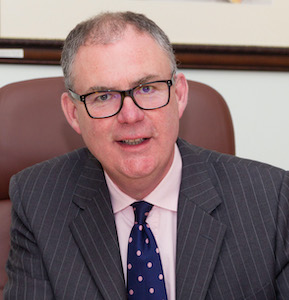
Let’s begin with ‘old’ ways of learning. We turn to ancient Greece and the Socratic method of questioning using logic to tease out understanding, to develop critical thinking. How much has changed, Covid or not?
The end of 2020’s spring term saw an abrupt lockdown and closure of schools – a few days to move teaching and learning onto different platforms before the Easter holidays when preparations for the summer term began in earnest. It was clear we would not be returning to school anytime soon.
Come the start of the summer term, I was to be found standing on our playing fields, mobile phone in hand, logged into the now eponymous Zoom. We felt it was important for our pupils to remain connected to their familiar territory to see their school was still there. It was the first of many assemblies, roaming the grounds, in and out of lag and signal, a metaphysical, virtual joining of the community. Chapel assembly, talking to a mobile on a music stand, unable to see, hear or feel the audience’s response lent further understanding to something we already knew: human engagement and body language inform a discussion.

After a few hesitant – in some cases unsteady – steps, the teaching staff embraced this new way of learning by delivering multiple live lessons daily. Boys would log in and be taught online. They would engage with their teachers for continued pastoral care and personal development – an integral part of the school experience. Parents of younger children were to be applauded as they enabled their children to access live lessons, to receive and send work via Office365. For the older boys, email, OneNote and Teams became a way of life – the world according to Microsoft.
It was a joy to have a full school again in September, with due credit to all members of the community as they adapted to one way systems, bubbles, changes to routine and sanitising stations sprouting everywhere. Even the most anxious had their fears eased by the joy of being reconnected; together once again. I suspect many children did not realise just how much they had missed school, their teachers, their friends.
So what have we taken from this experience? Not just schools but commercial organisations also have had to develop systems to continue functioning as effectively as possible – change which would otherwise have taken many months if not years. Our first steps were to assess just how much the pupils’ learning had been affected by enforced absence: where were the gaps? We were pleasantly surprised by our findings which seemed to underline the efficacy of our remote teaching and learning programme.
With older boys particularly, the use of email and OneNote has been retained . We have embarked on a major upgrade of our IT infrastructure and are looking at the future use of mobile technology in school for older pupils with the key proviso that it must enhance learning. And this is a fundamental point: there is much already in the teacher’s toolkit, technology being just one tool which we must use wisely, in proportion, with professional judgment.
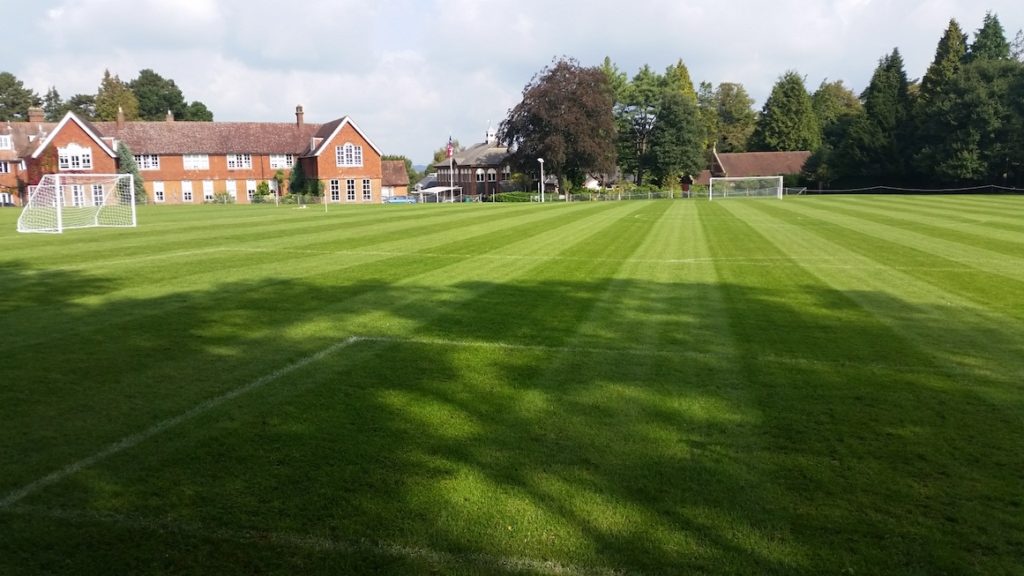
I return to Socrates and his belief that the role of the teacher or pedagogue was not to fill empty vessels but to develop critical thinking. A teacher’s most powerful tool is the discerning question. To question effectively requires knowledge of the individual; their presence, the presence of others to enhance discussion, to explore points of view thus developing the thinking and learning of all. Zoom and other virtual learning platforms certainly have their uses but they are supplemental: there is no substitute for the classroom, for human engagement. Lockdown, closure and absence have reinforced most powerfully that school is more than a place; it is an existence, a vital part of a child’s growth and being.
Find The New Beacon School’s online listing here

